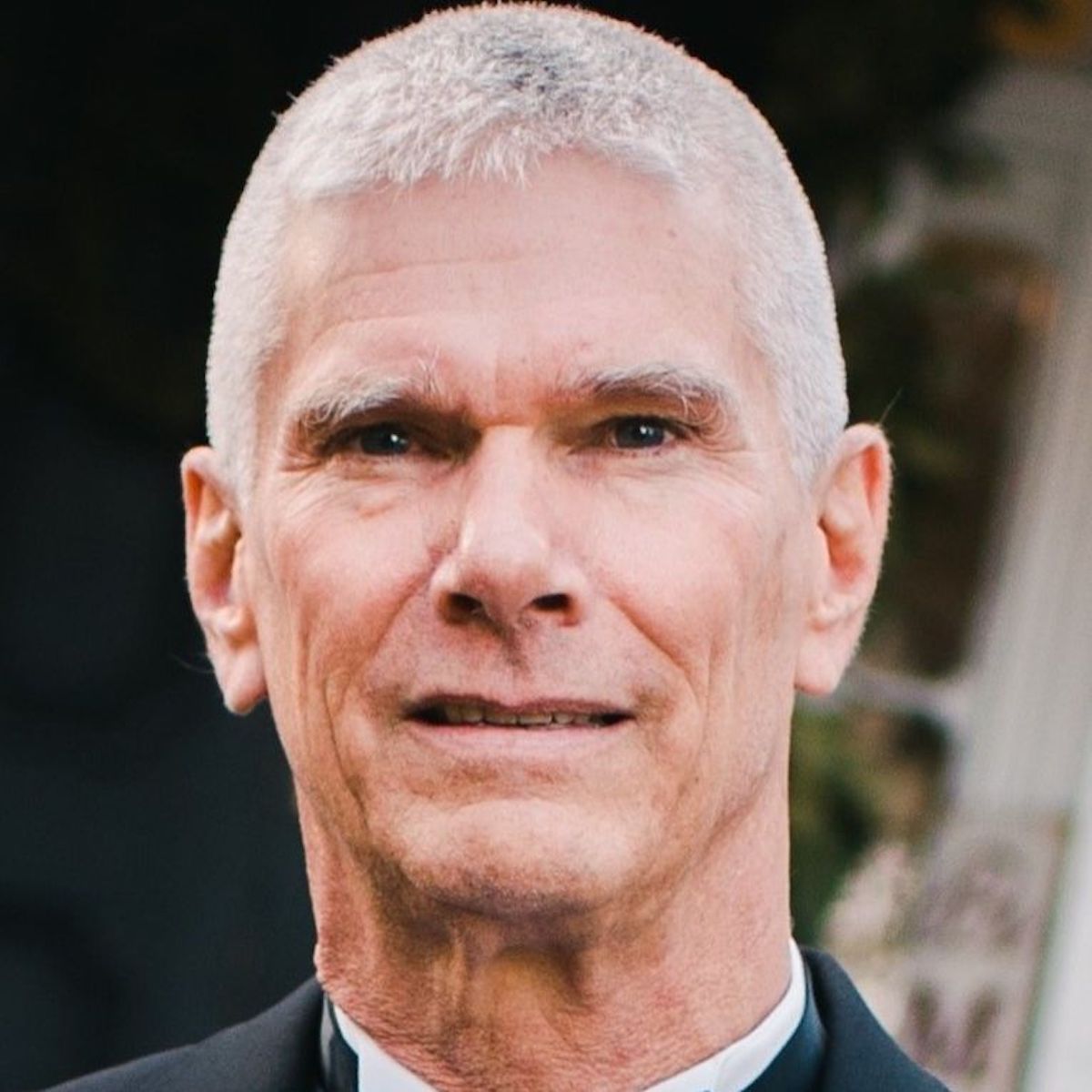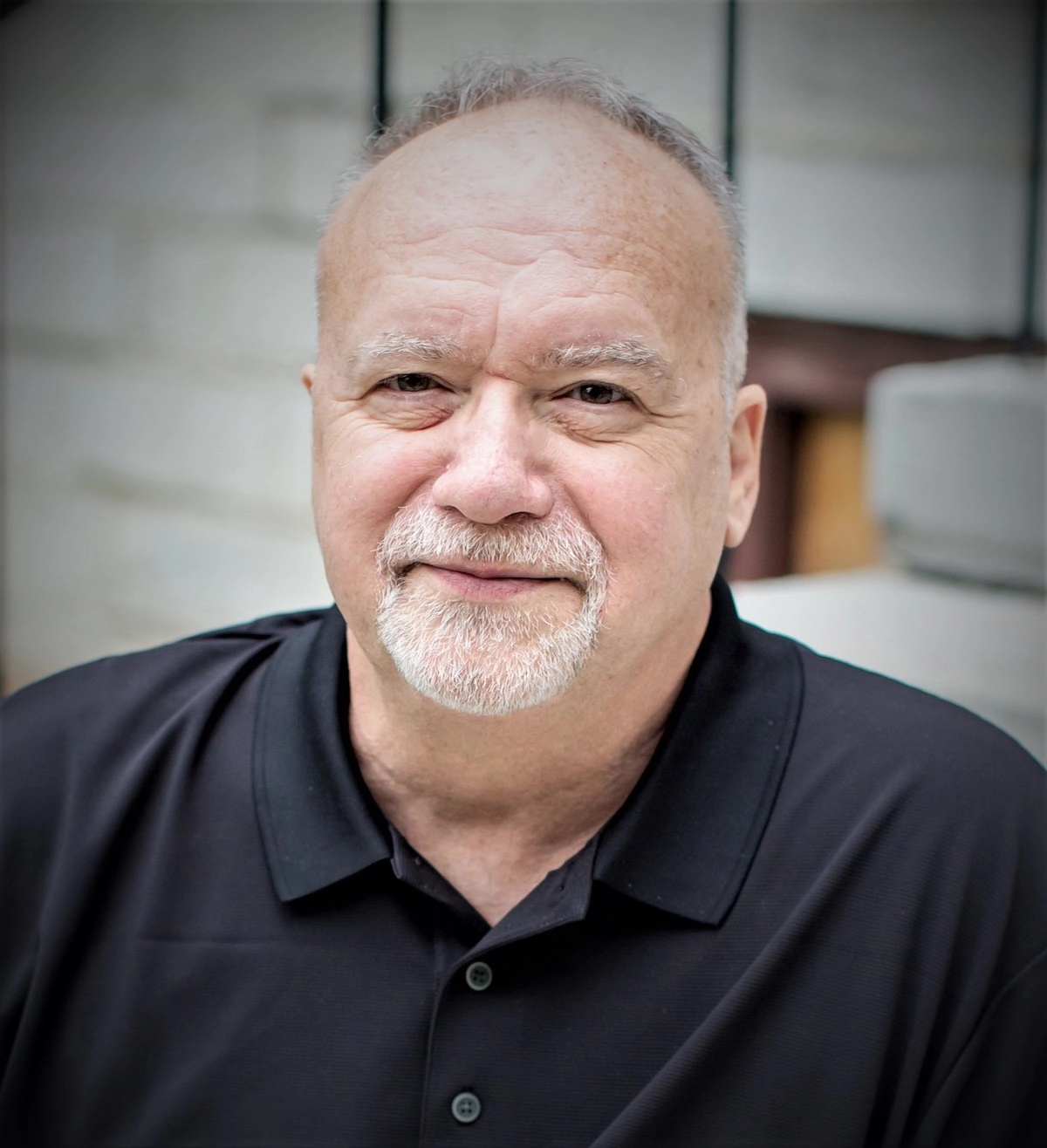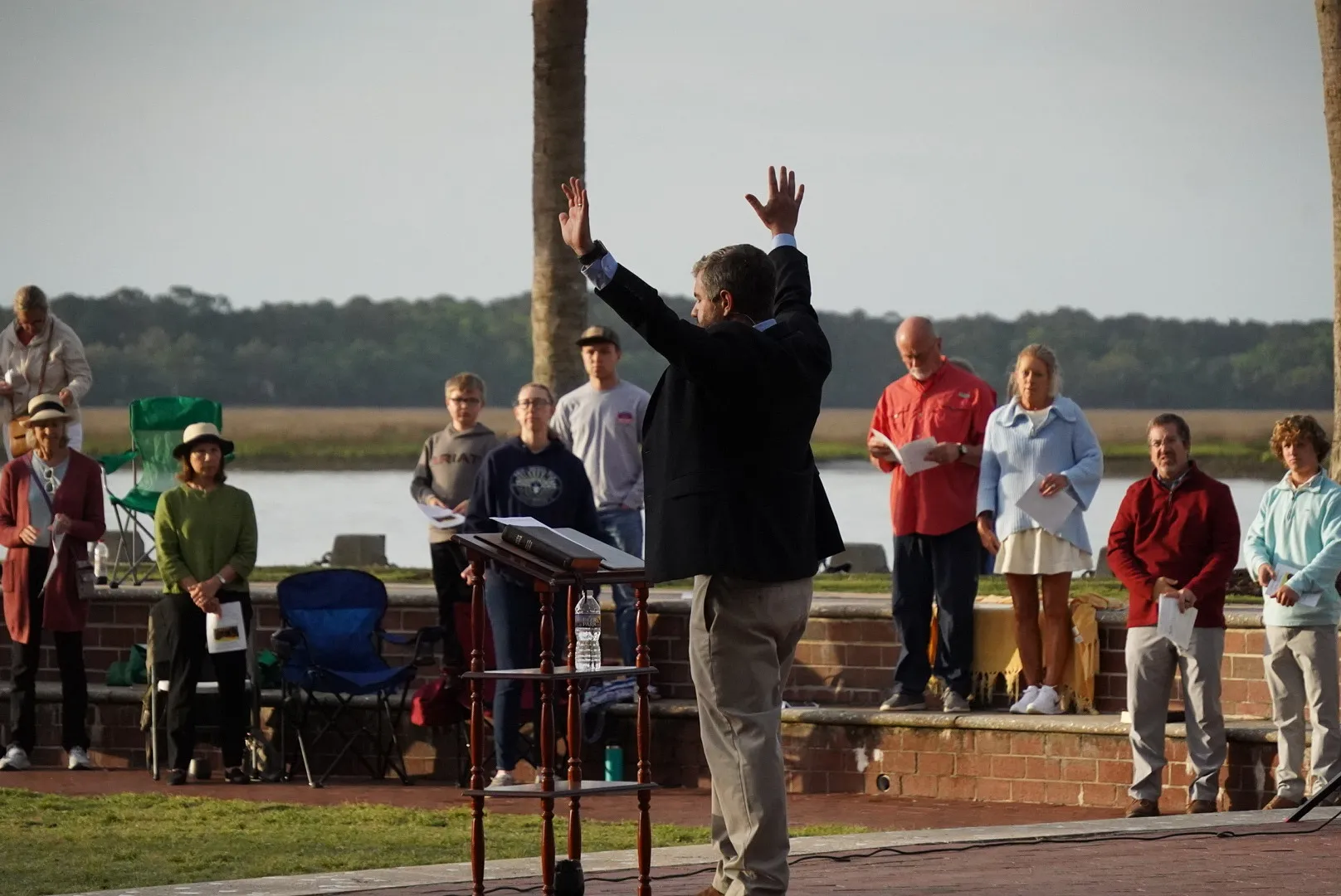By Patrick McGinn
Are you a Roman Catholic? If so, you’ve probably heard of the Traditional Latin Mass. This was how the Mass was celebrated, in every important regard, for more than 1,500 years.
In 1570, Pope Pius V promulgated a significant revision to the Mass of the Roman Rite, which ensured uniformity of celebration, while eliminating some deviations that had grown up over the centuries. The Mass ritual of Pope Pius V was how Mass was celebrated for nearly 500 years, until 1969, when Pope Paul VI promulgated the Novus Ordo Missae (New Order of Mass) following Vatican Council II.
Have you ever desired to experience the Mass in the way it was celebrated by past generations of Catholics? Perhaps you’re simply curious about it? Fortunately, we have a wonderful gift right here in our local community in the form of a Traditional Latin Mass which is celebrated at 11:30 a.m. every weekday at the MCRD Parris Island Base Chapel. If you have access to the base, or if you can be sponsored by someone who does, you can experience the Mass of your ancestors.
You can also attend a Traditional Latin Mass at the Sacred Heart Catholic Church in Charleston every Sunday at noon and on the first Friday and Saturday of each month at 6:30 p.m. and 10 a.m. respectively, or at the Stella Maris Catholic Church in Sullivan’s Island every Sunday at 5:30 p.m.
If you’ve never attended a Traditional Latin Mass, it can be quite foreign and intimidating. There are many resources on the internet, however, which can help you prepare. Simply Google “Traditional Latin Mass” and you’ll find hundreds of YouTube videos and websites, such as http://www.youtube.com/@MassoftheAges and https://latinmasshelper.com, which can help you navigate the Traditional Latin Mass. Many Churches also have live streams of their Traditional Latin Mass celebrations which can be helpful to orient you before attending your first Mass.
Many believe that Vatican II eliminated the Traditional Latin Mass, but nothing could be further from the truth. Sadly, there were (and still are) radically progressive elements within the Church which forced the old Mass “underground” as the Novus Ordo was developed and promulgated in the late 1960’s.
In 1984, in response to a growing effort of laity and clergy to restore access to the Traditional Latin Mass, Pope John Paul II granted all bishops permission to celebrate it for any group who requested it. In 1988, he issued his apostolic letter “Ecclesia Dei” further urging bishops to make broad and generous use of the Traditional Latin Mass on behalf of all the faithful who sought it.
Unfortunately, many bishops still refused to offer a Traditional Latin Mass despite requests from their priests or the laity. In 2007, Pope Benedict XVI issued his apostolic letter “Summorum Pontifcum” which stated that a stable group of faithful had a right to ask their pastor for a Traditional Latin Mass, and that if the pastor or bishop did not meet their needs, the laity could ask for the Vatican’s assistance.
Following Pope Benedict XVI’s 2007 letter, celebration of the Traditional Latin Mass took off throughout the Church, particularly in the United States, but when Pope Francis succeeded Pope Benedict XVI in 2013, progressive elements within the Church reared their heads again.
In 2021, Pope Francis issued his apostolic letter “Traditionis Custodes” which returned the decision as to whether or not to celebrate the Traditional Latin Mass to the bishops, thus neutering any clergy or laity who sought it. Sadly, this happened to the Traditional Latin Mass faithful in Savannah when their bishop canceled celebration of that Mass in 2023.
The best way to keep the Traditional Latin Mass alive is to simply attend it. The more you attend it, the more you become used to it, and the more you see the wisdom and the beauty of the Mass as it was celebrated for half a millennium.
Patrick McGinn was a Marine F/A-18 pilot who served three tours of duty at MCAS Beaufort. After full retirement he returned “home” to the Lowcountry. He can be reached at mcginnpm@gmail.com.





